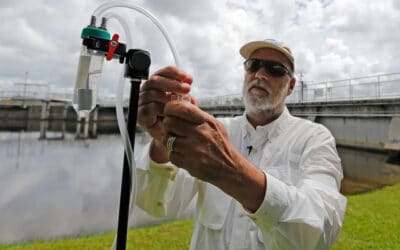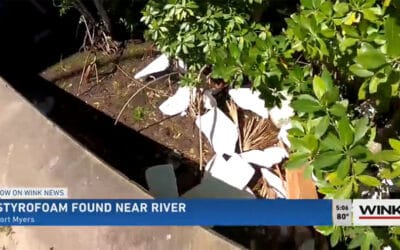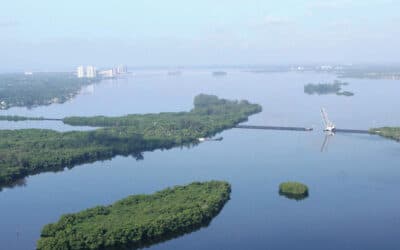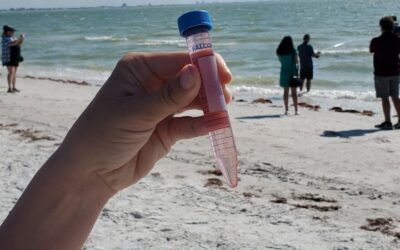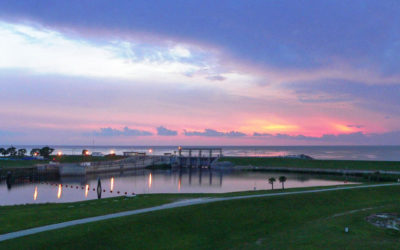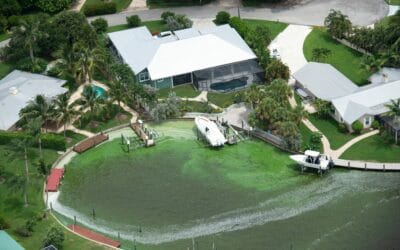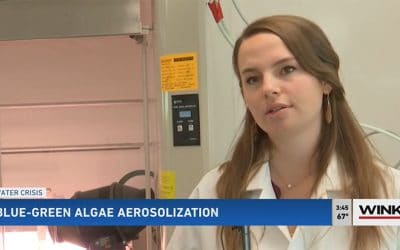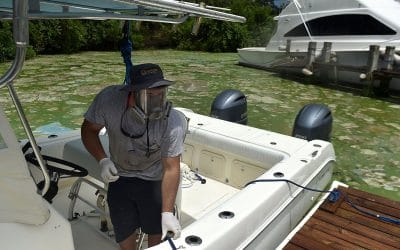Calusa Waterkeeper
In the News
Who We Are & What We Do
Calusa Waterkeeper and its supporters LOVE our waters and are fighting to protect human health, aquatic life, our local economy, and our piece of paradise in Southwest Florida. We do all of this through science-based research, public education, advocacy, social innovation, water and air monitoring, the hard work of countless volunteers and listening to our community.
You can Report Trash along the Caloosahatchee that could Pose a Risk to Wildlife
Styrofoam was scattered along the Caloosahatchee riverbank near Centennial Park, and it’s apparently been there for weeks. If you see something, say something, and the city has a way to do just that. If this trash gets into the river or the Gulf of Mexico it’s not going to be good for wildlife.
Flush with Power
The Safe Waterways Act would seem a no-brainer to many, but it’s not turning out that way, so far. The bill proposes to use one-tenth of 1% of the state’s roughly $4.5 billion environmental budget to warn people with simple signs wherever public waters used for recreation exceed safe counts for fecal bacteria.
Fecal Bacteria may be in the Water where you’re Swimming – a Proposed Act Aims to Require Posting Advisories
The Florida Department of Health posts advisories at some coastal beaches and “public swimming areas” when fecal bacteria is detected in the water. But, there is no requirement to warn people about waters that have not been designated as public swimming areas.
Stop a Last-Minute Bait and Switch with Lake Okeechobee Management
It has taken us three long years and countless meetings and calls to action to get closer to an attempted balanced approach to managing Lake Okeechobee water levels and discharges, and it is by most accounts, an equitable plan for most interests.
Construction of Reclaimed Water Pipeline from Fort Myers to Cape Coral to Begin Soon
There’s a plan to keep the water flowing not down a river, but across a river. Progress is happening on an idea to move reclaimed water from Fort Myers to Cape Coral. Caloosahatchee Connect construction will soon start on that pipeline to move water across the Caloosahatchee to be used for irrigation and fire protection.
Guest Opinion: The Data Shell Game and Environmental Regulation
Why does water quality continue declining in so many areas of the state while the legislature consistently brags about historic spending to fix the problem? This perplexing question seems to surface every year going back more than a decade.
Lawmakers admit BMAP isn’t working, but they’re not fixing it
Treasure Coast lawmakers admit Florida’s flagship program to reduce water pollution isn’t working. But none are taking action during this legislative session to change it. The BMAP has legally enforceable strategies for landowners to reduce pollution, but Florida isn’t enforcing them beyond warning letters.
Act Now: Support the Safe Waterways Act
The Safe Waterways Act (SB 604) has yet to be heard in the Florida State Senate Committee on Environment and Natural Resources. Without this committee’s support, we may lose this legislation on fecal pollution. Please call or email today!
Researchers Studying How Blue-Green Algae Toxins Travel
We know that toxins from blue-green algae can make people sick. And, the smell and sight of blue-green algae is something none of us want to deal with again. But now, researchers are trying to figure out how these toxins travel through the air and get into our bodies.
Florida Should Warn Swimmers when there’s Poop in the Water
Currently, the state health department monitors and posts advisories at some coastal beaches and “public swimming areas” under the Healthy Beaches Program, but as the law currently stands, there is no requirement that any state, county or municipal agency warn people before they swim or launch their kayak.
‘Look at the Water for Evidence’: Data Proves Florida Pollution Prevention not Working
Available water sampling data proves – for the first time – that Florida’s flagship program to reduce water pollution isn’t working. And that pollution is contaminating waterways and sparking toxic algal blooms in the St. Lucie and Caloosahatchee rivers.

























